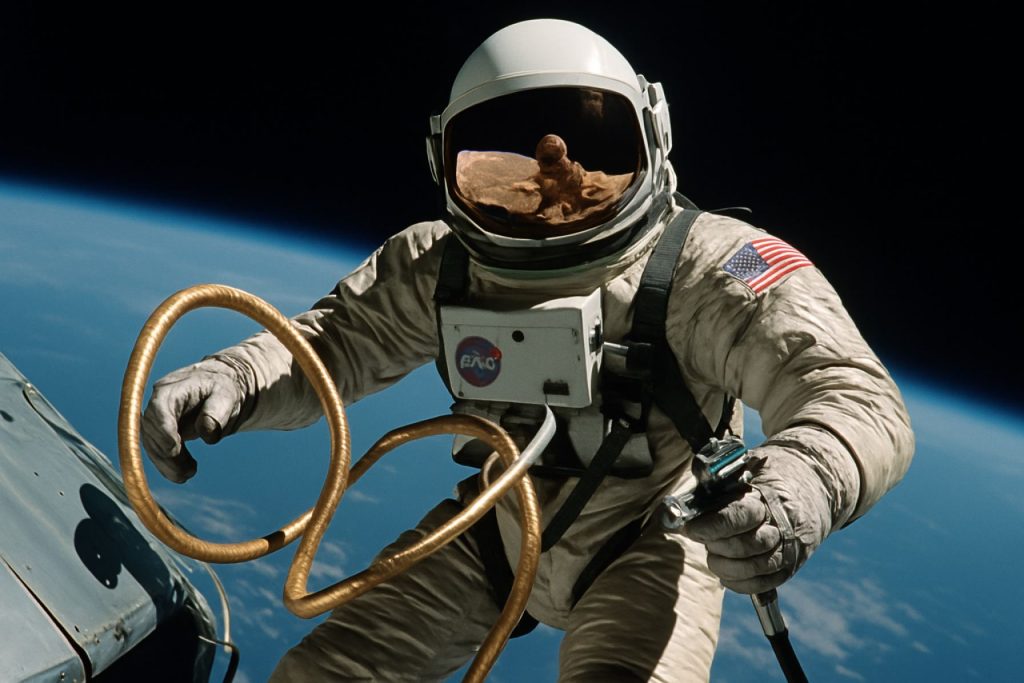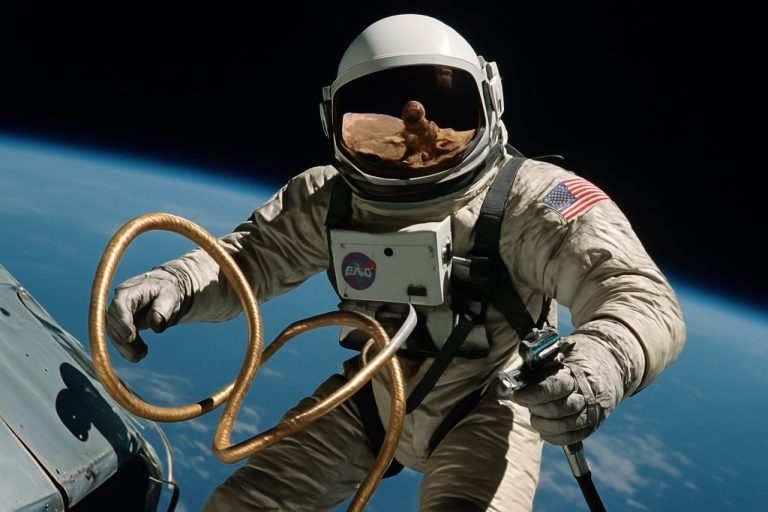
Ed White’s Daring 1965 Spacewalk: The Untold Story That Redefined America’s Place in Space
Discover how one American astronaut’s groundbreaking leap outside the Gemini capsule altered space history 60 years ago today.
- Date: June 3, 1965 — First American spacewalk
- Duration: 20 minutes outside Gemini 4
- Altitude: 103-180 miles (165-289 km) above Earth
- Pioneer: Ed White became the second human ever to perform an EVA
On June 3, 1965, NASA astronaut Edward H. White II emerged from the Gemini 4 capsule and drifted silently above Earth. Suspended by a slender umbilical, White became the first American — and only the second human — to boldly step into the ether, marking a seismic milestone in the Space Race.
White’s adventure changed the way humankind would approach space exploration, laying the groundwork for moon landings, space station construction, and the modern era of commercial space flight. But few realize how unprepared NASA truly was for the hazards and intricacies of a real-life spacewalk.
What Really Happened During America’s First Spacewalk?
Ed White exited the Gemini 4, floating above the planet at a breathtaking 17,500 miles per hour. Armed with a handheld jet pack and a camera, he was supposed to demonstrate control and maneuverability in zero gravity. However, the jet pack proved almost useless. The astronaut pinwheeled awkwardly, with little ability to direct his motion, and grasped the smooth exterior of the capsule with bare hands—there were no handrails and no tools for stabilization.
White maintained radio contact with ground stations in Hawaii and Houston, breathlessly describing the experience as exhilarating. As he re-entered the capsule after 20 minutes, he famously declared it was the “saddest moment of his life.”
Why Is Ed White’s Spacewalk Still So Important in 2025?
Today, spacewalks—or EVAs—are routine staples of missions on the International Space Station. But in 1965, NASA had yet to discover even the most basic techniques: White had no underwater neutral buoyancy training, which is now standard for astronauts preparing for microgravity.
This trial-by-fire approach created lasting lessons. Engineers developed advanced navigation backpacks, handholds, and rigorous safety protocols, directly inspired by White’s improvisational struggle. Modern astronauts, like those preparing for missions to the Moon and Mars, build on his legacy.
To trace the history and see how far we’ve come, visit NASA and browse Space.com for the latest on space tech and missions.
How Did Ed White’s EVA Shape Future Space Exploration?
White’s spacewalk became a catalyst for change. The next Gemini crews underwent extensive underwater training to simulate weightlessness. NASA incorporated innovative EVA tools, modular suits, and safety harnesses. The lessons learned directly enabled the iconic Apollo moonwalks and continue to impact missions today (like the Artemis program).
For fascinating details about extravehicular activities and astronaut training, check updates from the European Space Agency and see how international crews collaborate for long-duration spacewalks.
Can You Experience a Spacewalk in Modern Times?
While nothing matches the real thing, technology has brought spacewalk training a little closer to home. Virtual reality platforms let enthusiasts experience microgravity and practice EVA maneuvers. Museums—like the Smithsonian’s National Air and Space Museum—display Gemini suits and capsules, offering a tangible link to White’s legendary walk in the void.
Key Takeaways: What You Need to Know About Spacewalks—Then and Now
Your spacewalk learning checklist for 2025:
- Remember: June 3 marks 60 years since Ed White’s historic EVA.
- Compare early spacewalk hazards to today’s advanced astronaut protocols.
- Explore NASA and ESA resources for the latest on space missions.
- Experience spacewalk simulations through VR and museum exhibits.
- Share the story to inspire the next generation of explorers.
Blast off into the universe of knowledge—explore, learn, and celebrate the giant leaps of past and future explorers!



